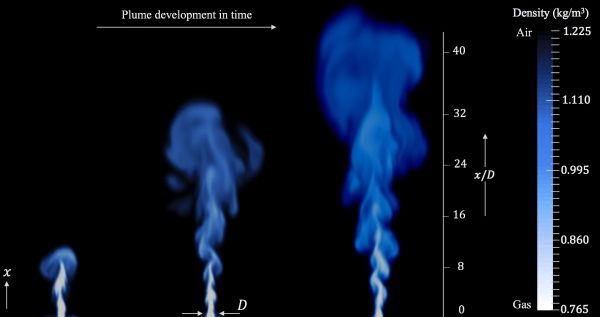On April 4, 2017, the town of Khan Sheikhoun in northwest Syria experienced one of the worst chemical attacks in recent history. A plume of sarin gas spread more than 10 kilometers (about six miles), carried by buoyant turbulence, killing more than 80 people and injuring hundreds.
Horrified by the attack, but also inspired to do something useful, Kiran Bhaganagar, professor of mechanical engineering at The University of Texas at San Antonio, and her team from Laboratory of Turbulence Sensing and Intelligence Systems, used computer models to replicate the dispersal of the chemical gas. Results were published in Natural Hazards in May 2017. The accuracy of her simulations showed the ability to capture real world conditions despite a scarcity of information.
"If there is a sudden a chemical attack, questions that are important are: ‘how far does it go' and ‘what direction does it go,'" Bhaganagar said. "This is critical for evacuations."
Bhaganagar's research is supported by the U.S. Department of Army Edgewood Chemical and Biological Center (ECBC), who hope to adopt her models to assist in the case of an attack on American soil.
Continue reading at Texas Advanced Computing Center
Image via Texas Advanced Computing Center


